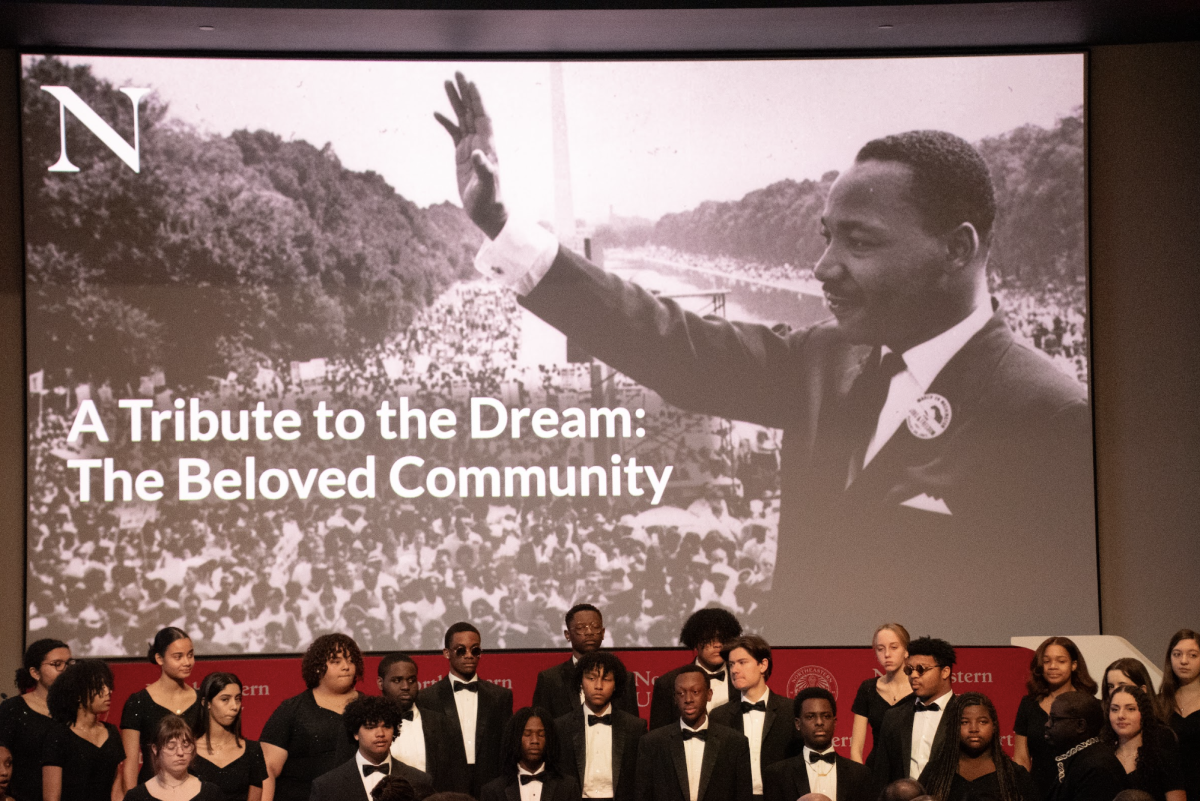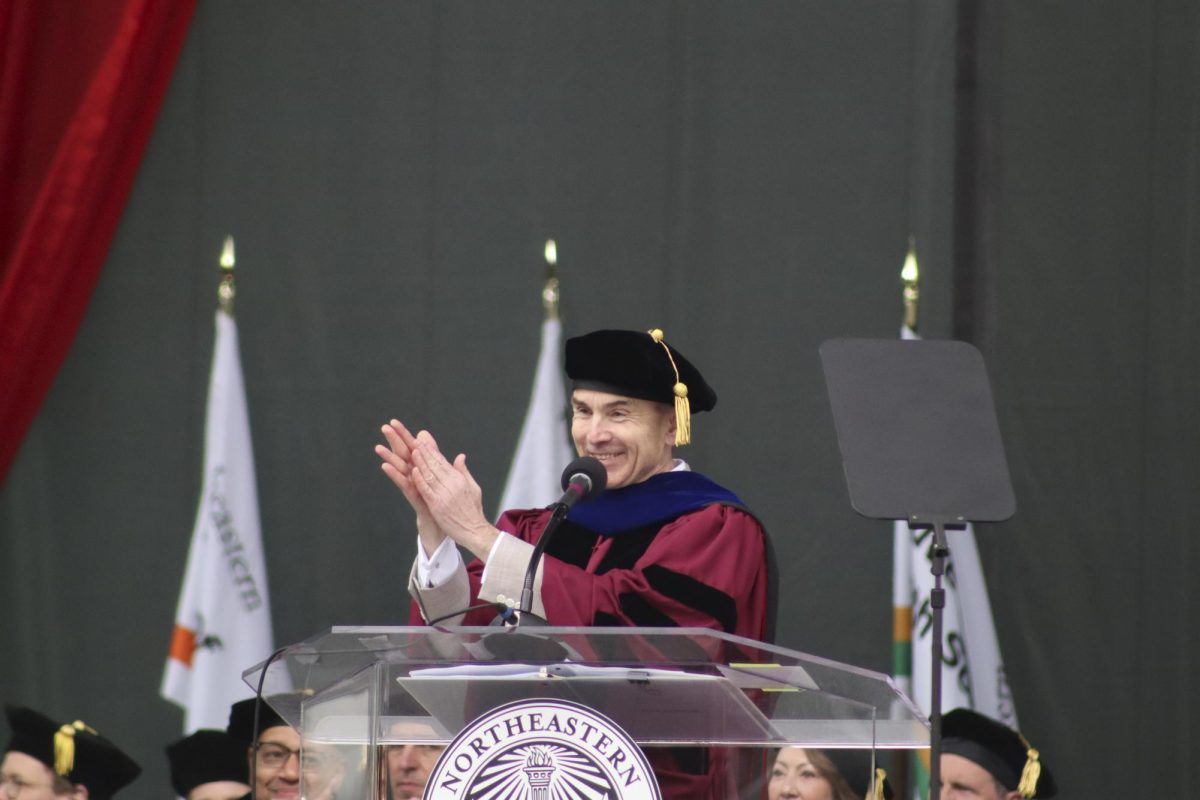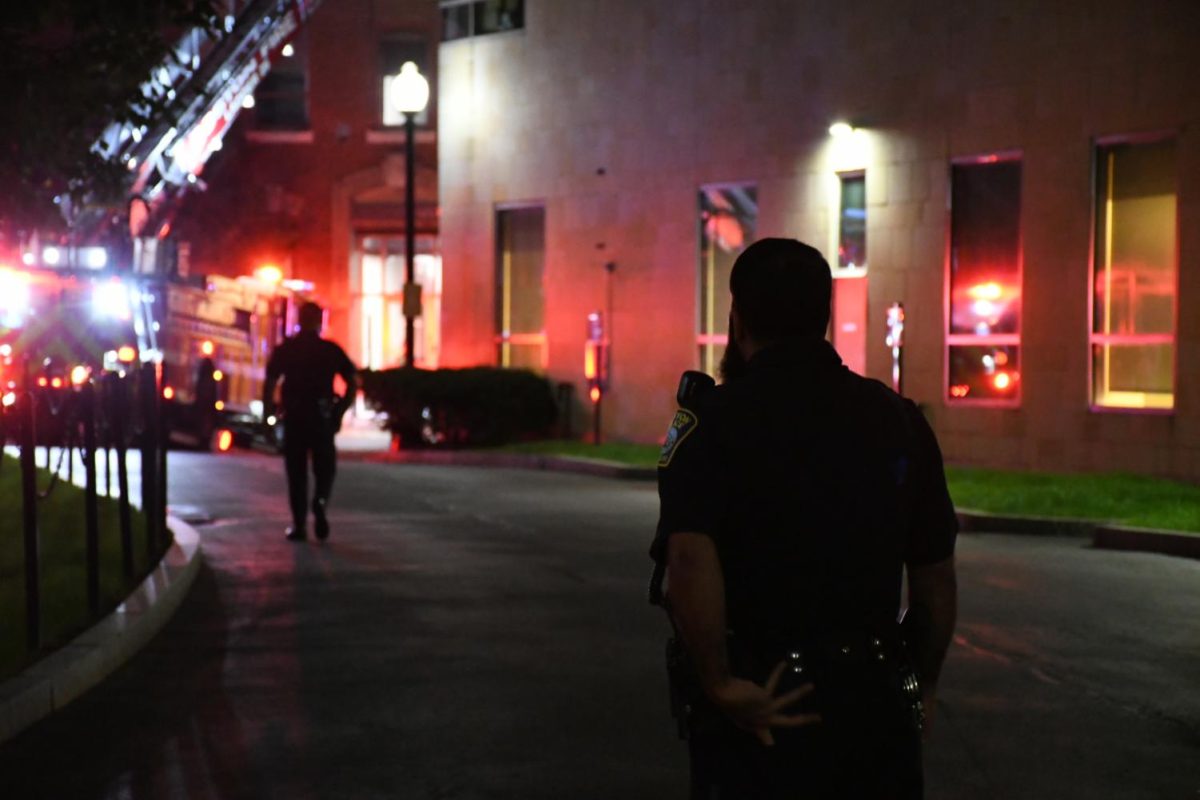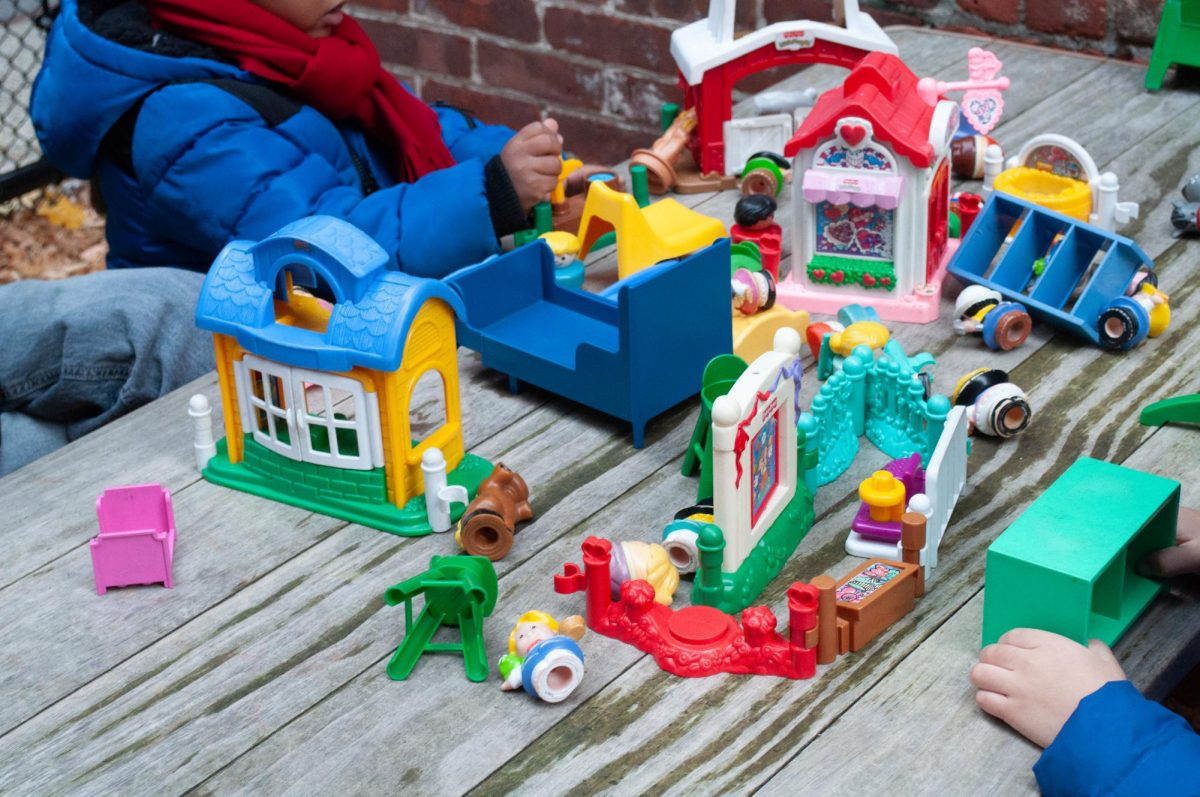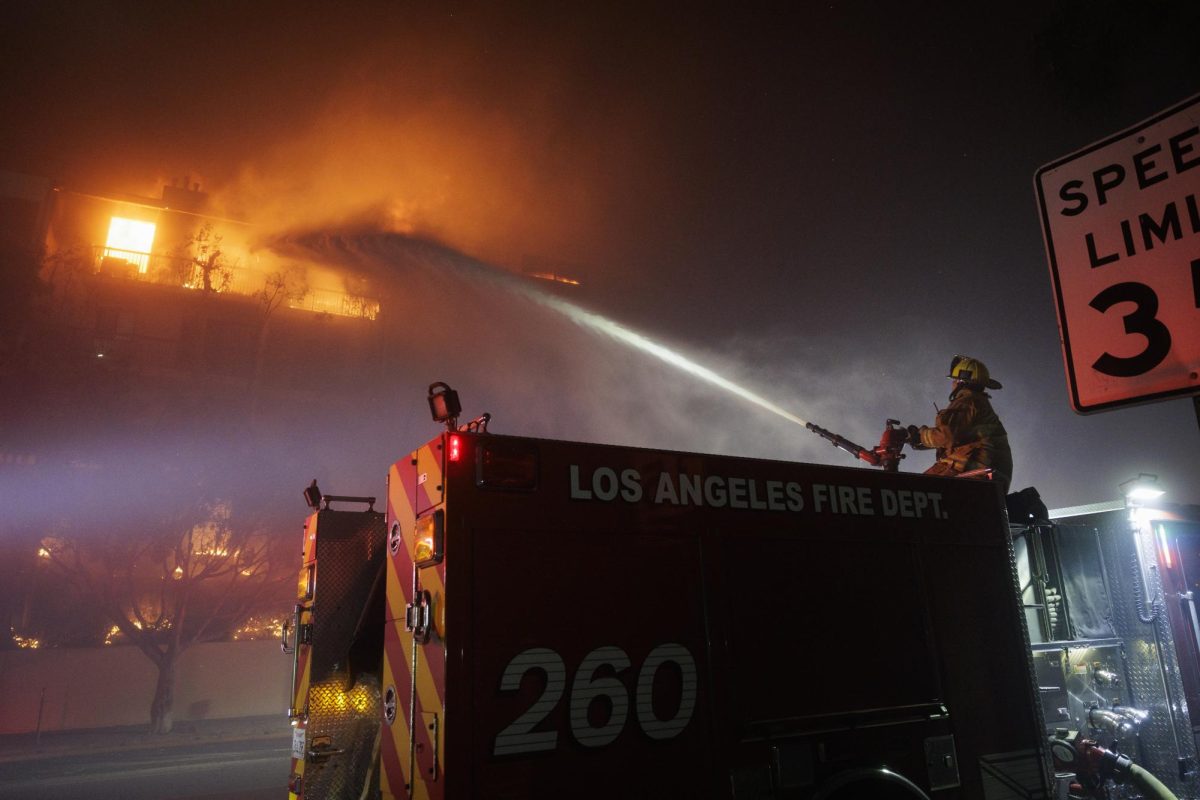By C. Mae Waugh, News Correspondent
Tall buildings have invaded the Fenway and Northeastern areas, including 1330 Boylston St., a mixed-use high-rise building currently in construction, West Village H and International Village. At a forum called ‘Can Height Make Right’ sponsored by the Fenway Community Development Corporation June 10 two architects, an urban designer and a state representative presented their views on tall buildings and allowed Fenway community members to share their concerns.
‘I don’t know if height can make it right, but height is not automatically wrong,’ said architect Alex Kreiger of Chan Kreiger Sieniewicz and Harvard Graduate School of Design, a panel member.
Boston Redevelopment Authority Deputy Director of Urban Design Prataap Patrose said no other American city is as constrained as Boston. Longwood Medical Area has 20 institutions on a mere 200 acres.
Boston is ‘shoe-horned into an old city fabric,’ Patrose said, and struggles between its desire to hold historic areas historic and have an economy strong enough to sustain the city.
The panel tried to placate the audience of about 50 middle-aged to elderly frustrated Fenway residents.
‘Tall buildings shouldn’t be viewed as a choice, they should be viewed as a responsibility,’ said panelist David Dixon, an architect and urban designer for design firm Goody Clancy. ‘There will be tall buildings.’
But Bostonians have historically resisted the construction of tall buildings. After the addition of the Fanueil Hall tower to Boston’s Custom House in 1837, Bostonians saw the new building as a ‘bastardization” of the city, Kreiger said.
The panel discussed the advantages and disadvantages a community encounters after constructing tall buildings.
‘I like to look at them,’ State Representative and panelist Byron Rushing said, ‘but it’s better to look at them from far away.’
Richard Orareo, a Fenway resident and member of the Fenway Community Development Corporation said he felt the community needed to defend itself from development.
‘Institutional expansion is devouring our neighborhood building by building and reduces the quality of life,’ he said. He cited Northeastern’s expansion as another spine on Huntington Avenue and called West Village H ‘a lego block wrapped in green cellophane.’
One community member, Warren Edward Newman II, vocally decried all institutions of higher education in Boston and called Northeastern ‘Arson University,’ blaming it for the detriment of the entire community. Newman said he has no college degree, but said he taught culinary arts at Northeastern years ago.
Northeastern did not have a representative on the panel.
‘Before the student loan, there was no such thing as homelessness in Boston,’ Newman said. ‘They occupy what is our Boston, not theirs.’
Ultimately, the panel encouraged the people in Boston’s neighborhoods to be stewards and active partners in building negotiations.
‘No city belongs solely to the people who live in it at this very moment,’ Krieger said.
Suzanne Comtois of Fenway, once avidly against tall buildings, said she now understood the need for them.
‘We must allow taller buildings because it is the way of the future, we are just a passing through,’ she said. ‘Being in the negotiation is our way of keeping our neighborhoods intact.’


